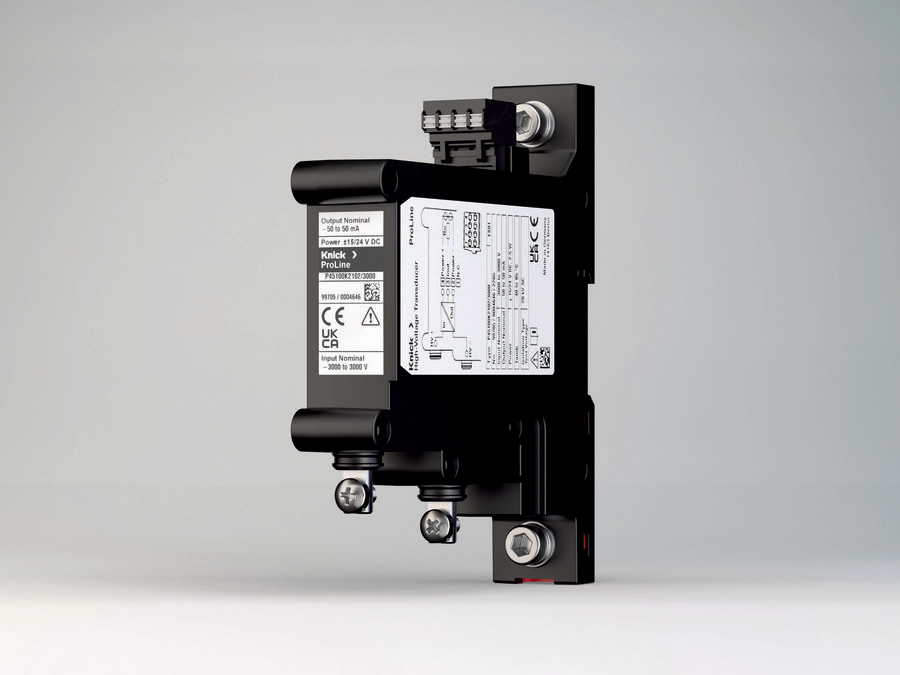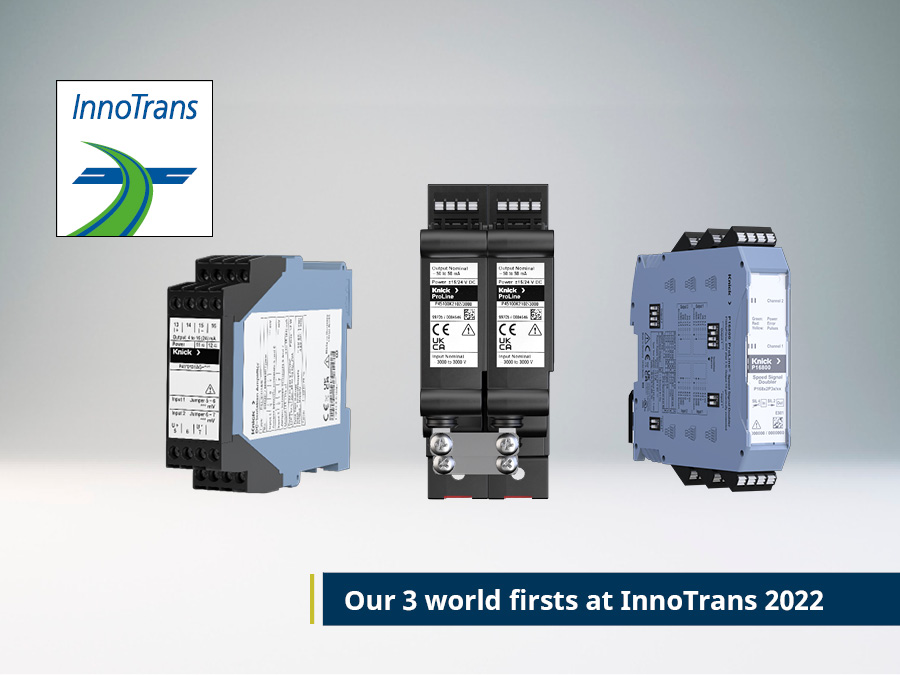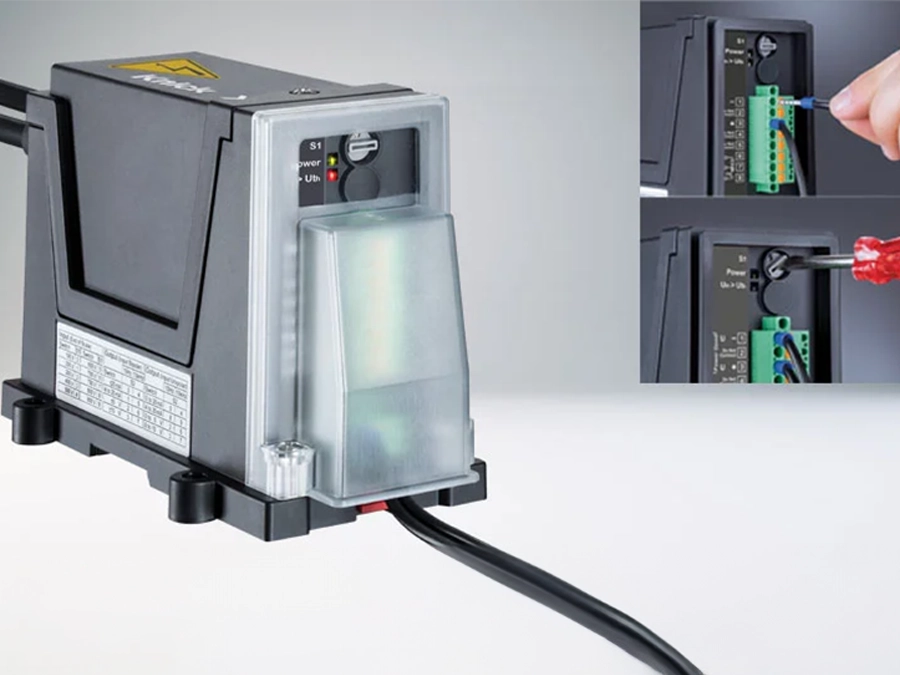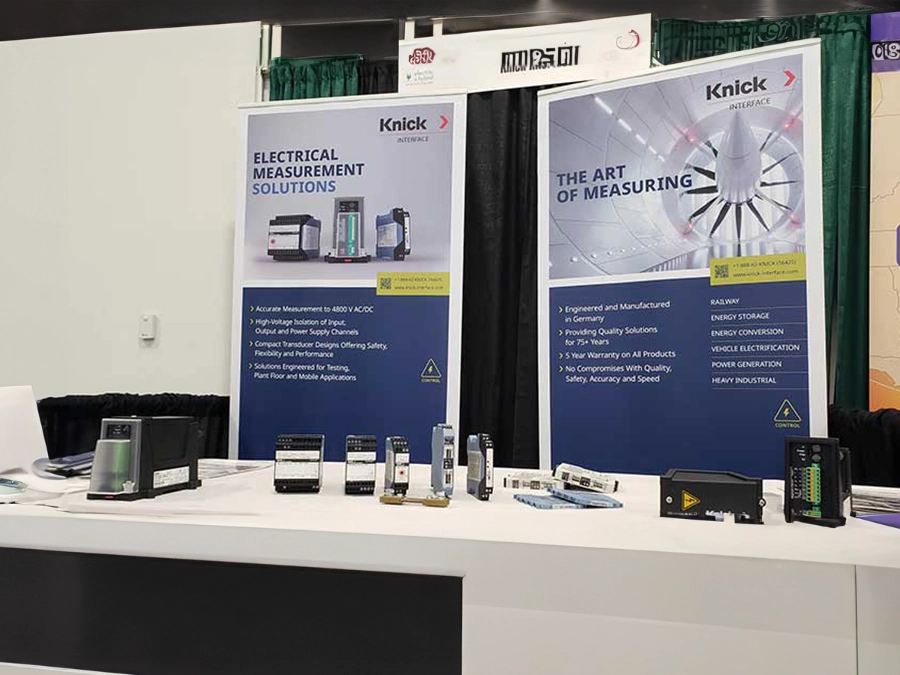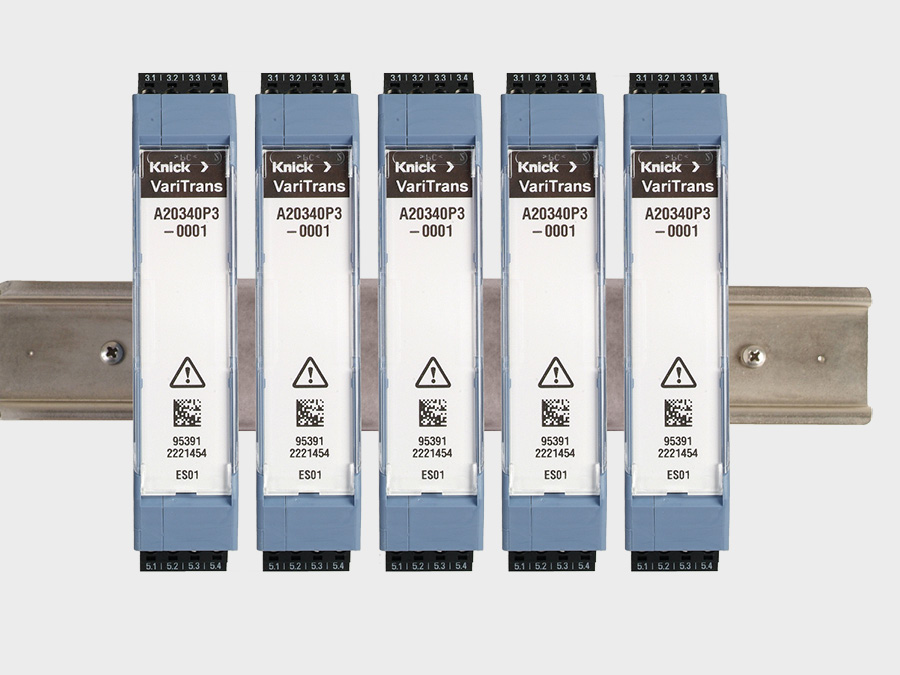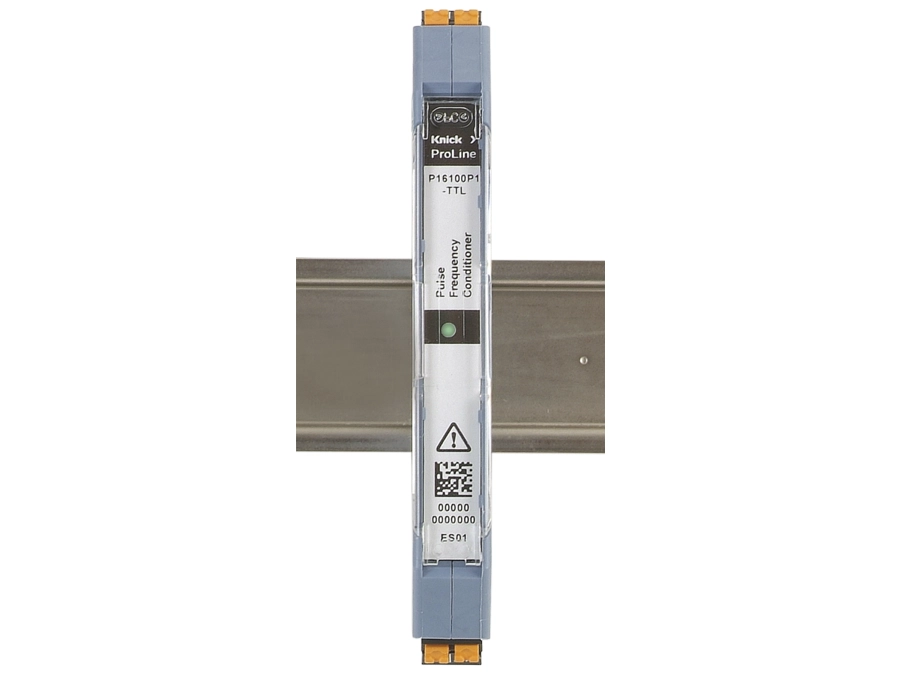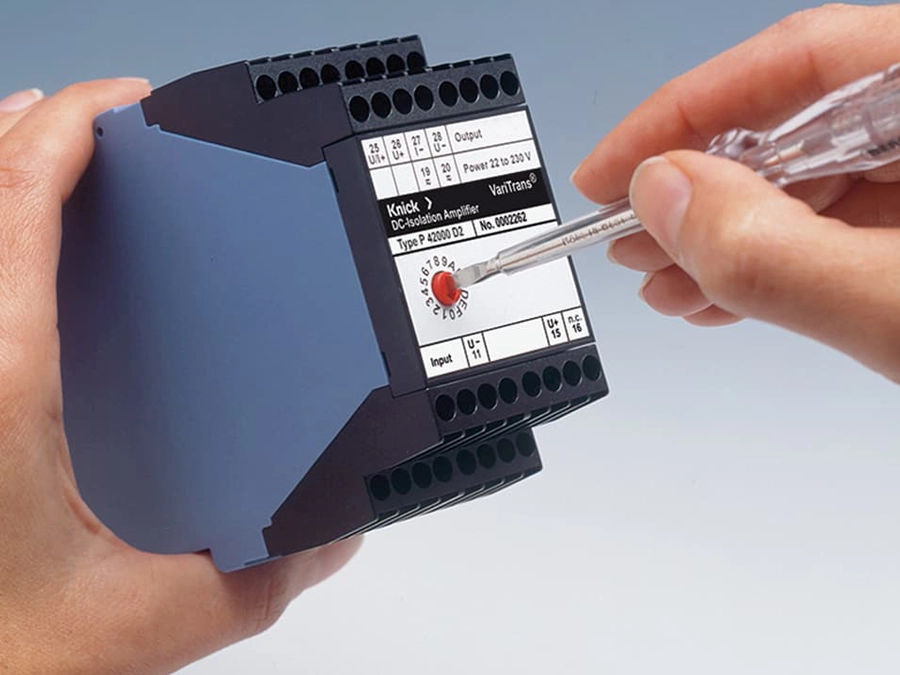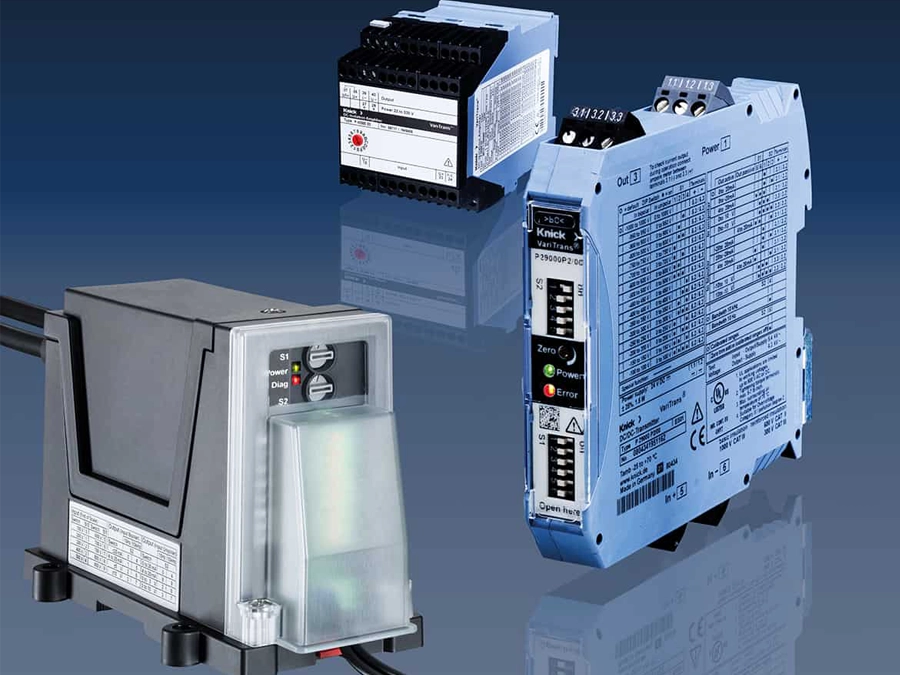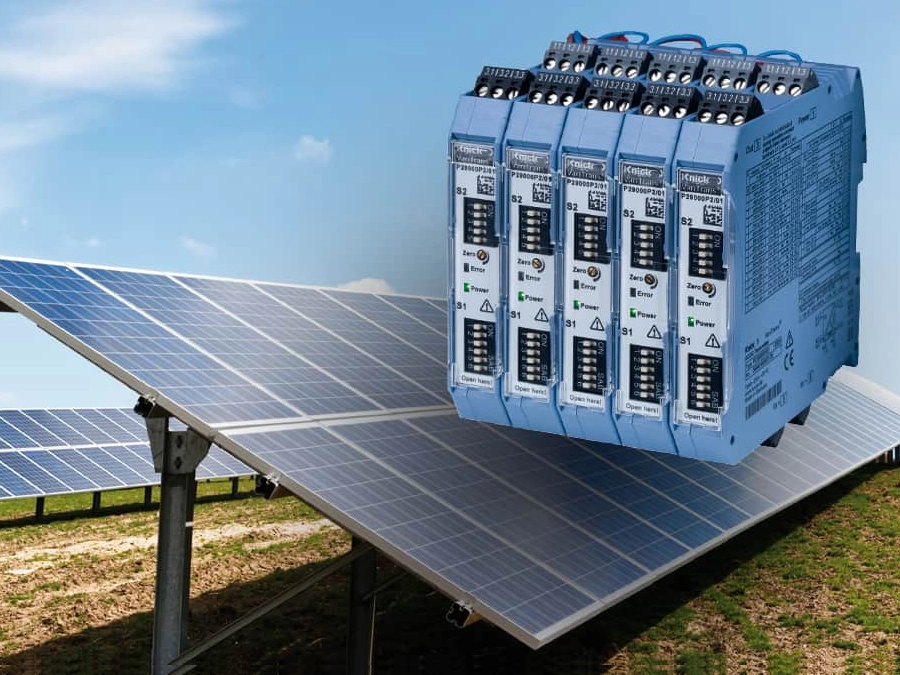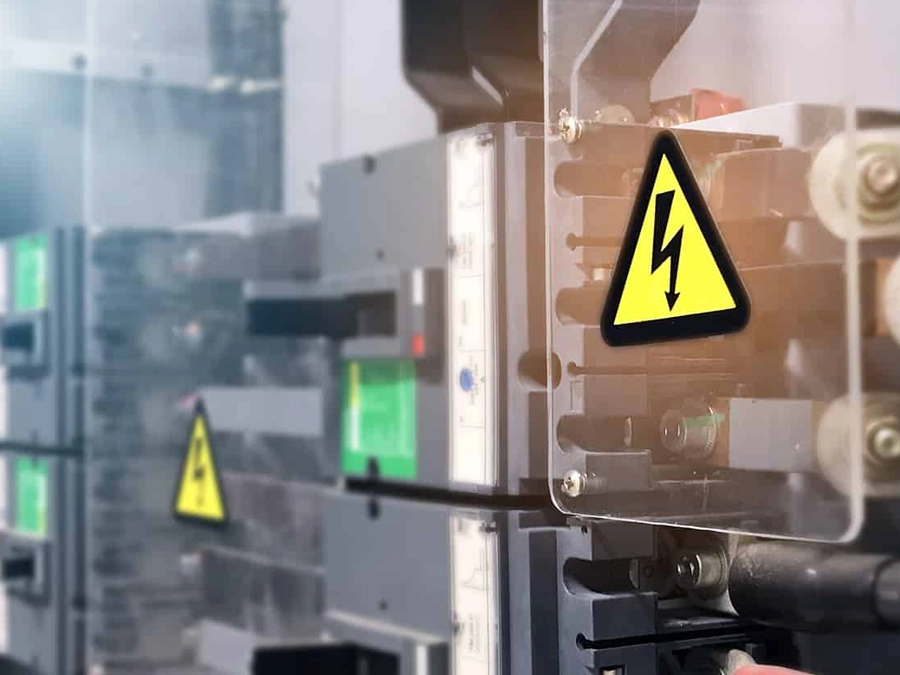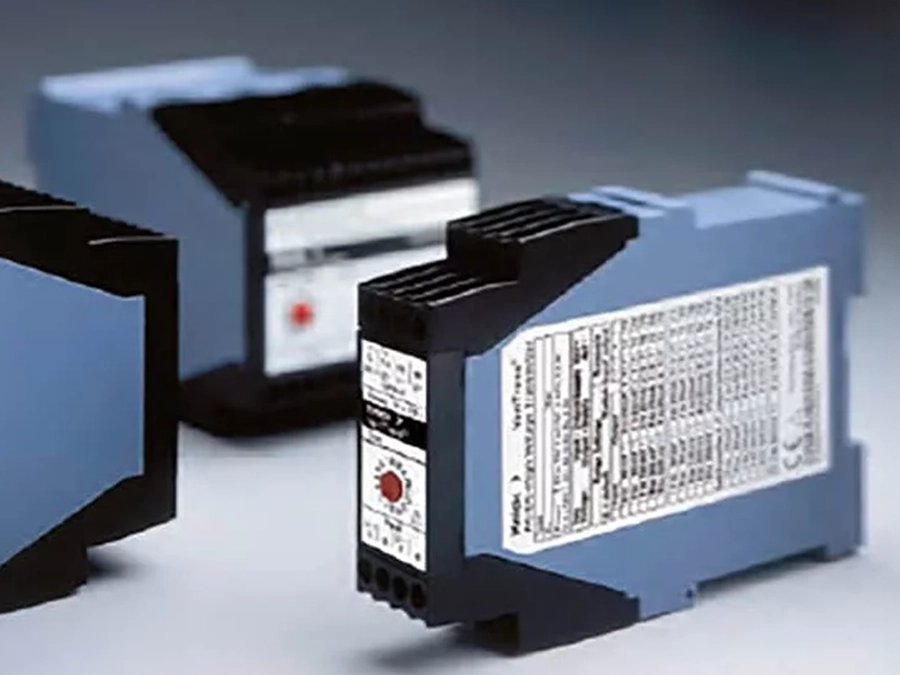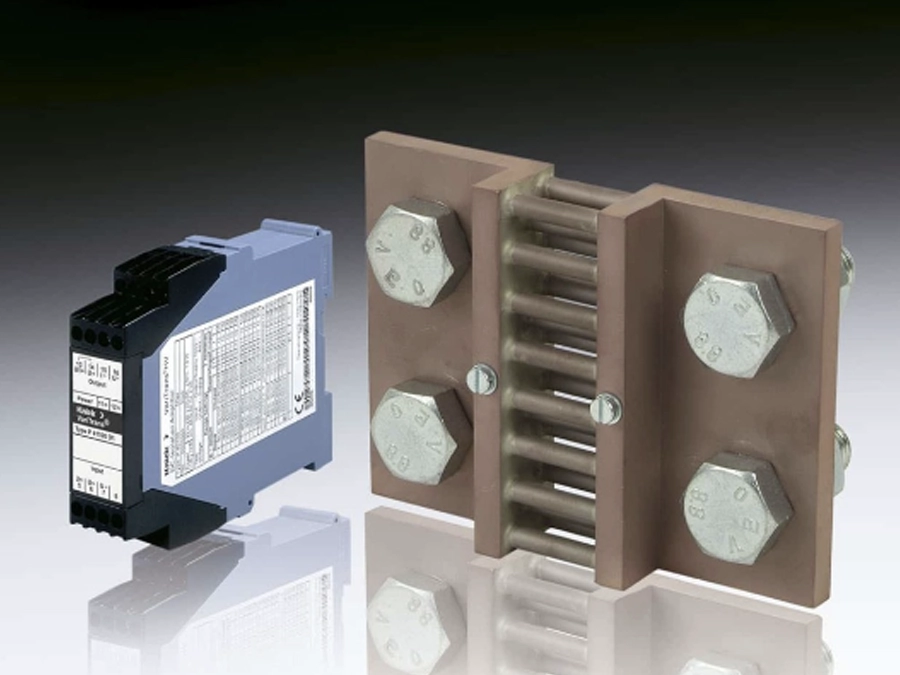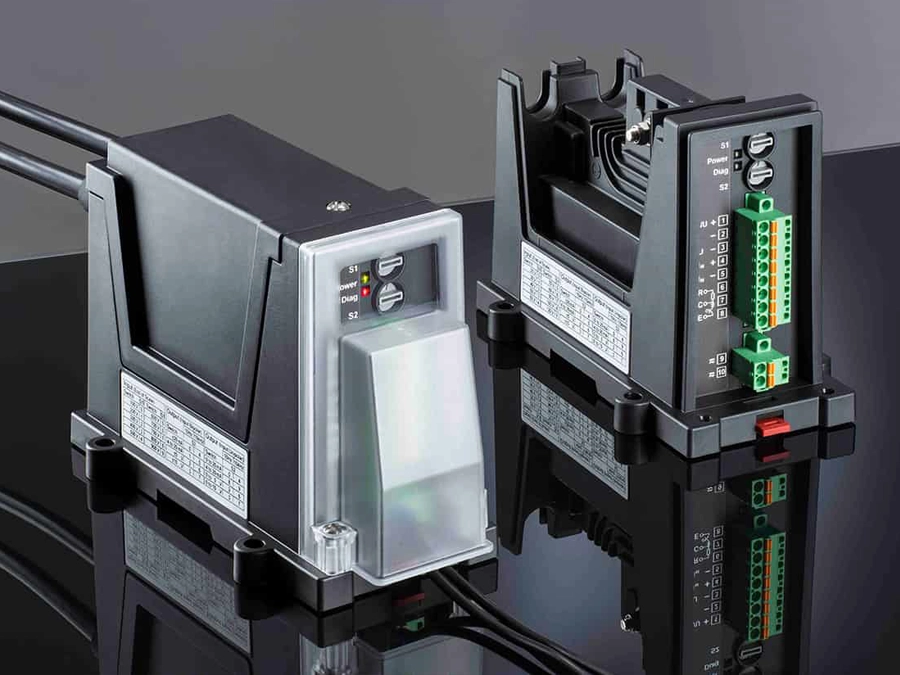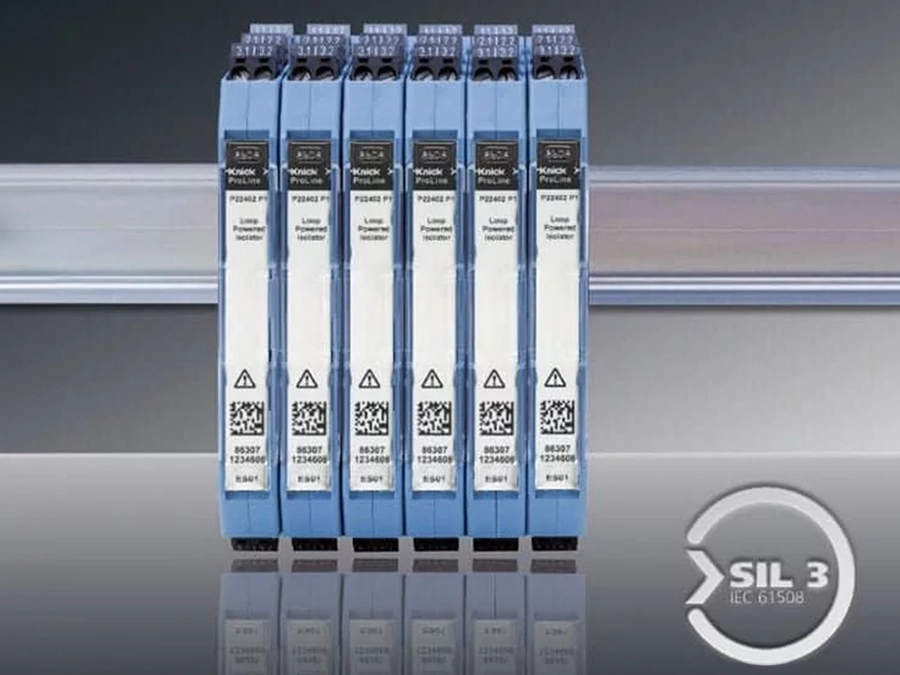Tecnologia di misura elettrica per l'elettromobilità: apparecchiature affidabili per applicazioni ad alta tensione
L'elettrificazione sta assumendo un ruolo sempre più importante in molte classi e modelli di veicoli. I componenti dell'azionamento e del veicolo sono soggetti a enormi sviluppi. Questo vale in particolare per le batterie, che migliorano costantemente in termini di efficienza e dimensioni, nonché di tempi di ricarica e capacità.
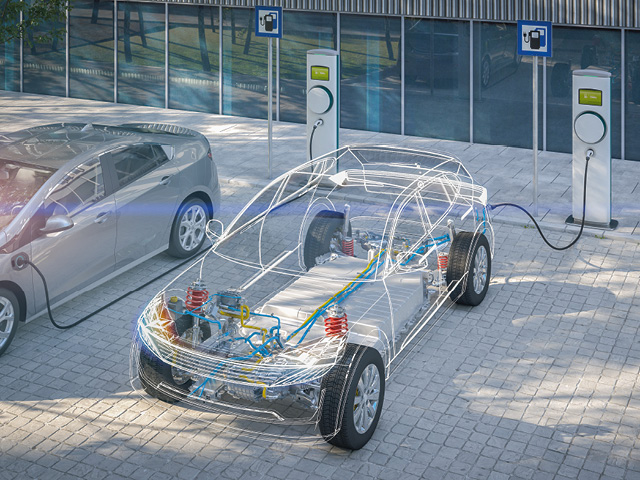
H2 [Ind] Trend or Topic / Claim with reference to Knick / Teaser / Intro
Absatz [Ind] where is the industry going and how can Knick support it

Perché Knick?
Per le attività di misura e collaudo più impegnative, Knick offre una gamma completa di trasformatori di isolamento ad alta precisione per la misurazione di correnti e tensioni nel campo dell'alta tensione. Inoltre, vengono offerti trasmettitori di misura altamente isolanti, veloci e di alta precisione per l'unità di controllo di dispositivi di prova ad alto potenziale elettrico. Knick offre queste caratteristiche e specifiche in un'ampia gamma di prodotti standard, ma è anche in grado di sviluppare soluzioni personalizzate in base ai requisiti specifici dell'utilizzatore.
Veicoli elettrici: componenti ad alta tensione
La mobilità elettrica richiede molte soluzioni di tecnologia di misura elettrica, ad esempio nello sviluppo, nella produzione e nel collaudo di componenti ad alta tensione per i veicoli elettrici (EV), nonché nella misura a bordo, nell'accumulo di energia e nel processo di ricarica.
- PHIL - Emulazione dell'hardware di potenza nel loop
- EOL - Test di fine linea
- Screening dello stress
Molti componenti devono essere testati sotto carico. In questo caso si utilizzano processi altamente dinamici come l'emulazione dell'azionamento. Lo stress screening è anche un metodo frequentemente utilizzato per rilevare guasti in fase iniziale e ottimizzare i componenti durante lo sviluppo. L'obiettivo è garantire che tutti i componenti ad alta tensione funzionino in modo affidabile e sicuro nell'intervallo di tensione specificato in tutte le possibili situazioni di guida. Inoltre, i tempi di produzione e sviluppo devono essere ridotti sviluppando e testando i componenti in parallelo, senza che tutti i componenti adiacenti debbano essere completati.
Occorre prestare particolare attenzione a effetti quali i picchi di tensione dovuti a brusche variazioni di carico o alle capacità di accoppiamento. Inoltre, la tecnologia utilizzata per la trasmissione e l'isolamento dei segnali deve essere progettata per le alte tensioni, al fine di eliminare qualsiasi rischio per gli utilizzatori durante i test di sviluppo o di produzione. La convalida in condizioni di guida o di funzionamento estreme garantisce che il progetto specifico del sistema elettrico di bordo HV abbia riserve sufficienti per un funzionamento illimitato del veicolo.
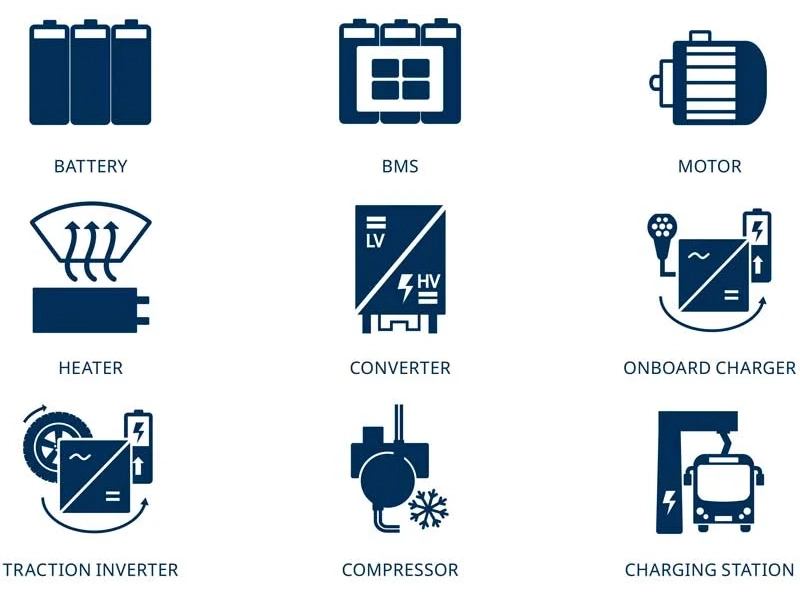
Brochure sulla mobilità elettrica
Panoramica degli utilizzatori e delle soluzioni di prodotto specifiche per i test e le misure nell'e-mobility
SCARICA ORAUtilizzatori associati
Avete una domanda? Siamo qui per voi.
CONTATTO








